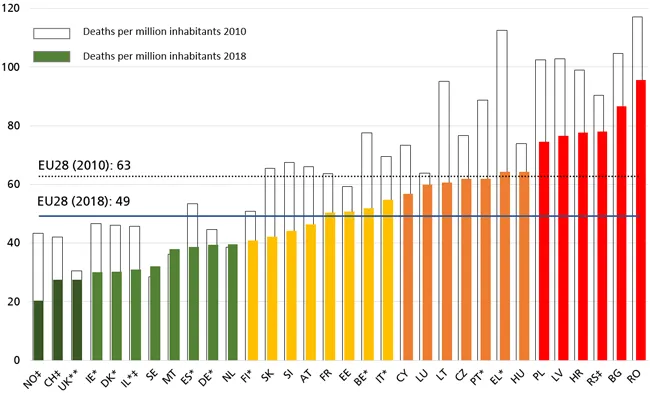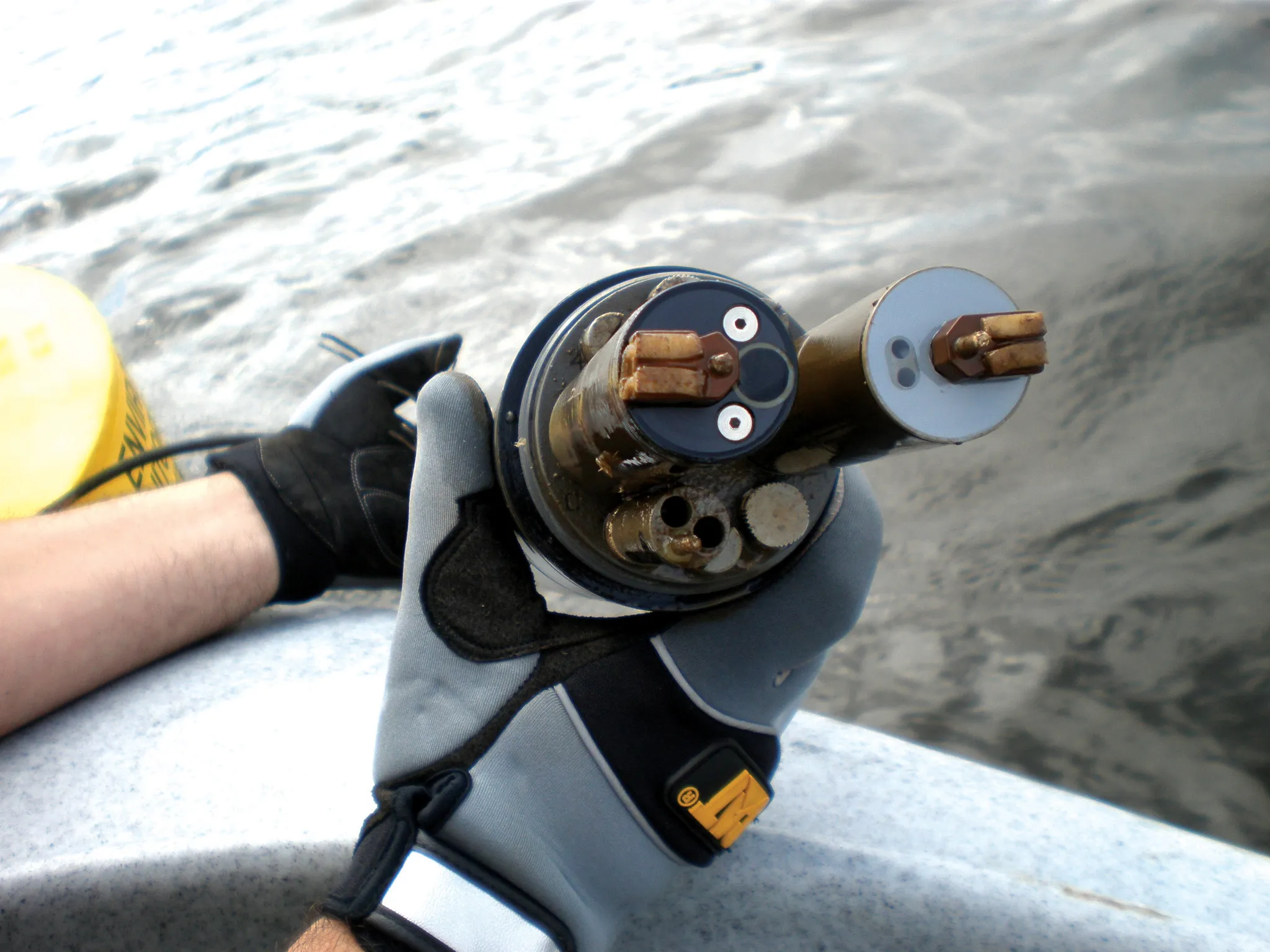The existing Tyne and Wear UTMC system, which Mott MacDonald has been providing since 2010, monitors the busiest and most important parts of the region’s road transport network. This accounts for over 750,000 vehicle movements per day and more than 11,000 incidents, collisions and events annually.
For the upgrade, Mott MacDonald is delivering the latest version of its Osprey UTMC system. It includes significant improvements to strategic planning and reporting tools, according to the company. Delivery is over several phases. Initial implementation of the new Osprey system is due for completion in early 2018, with further phases to be completed by the end of 2018. The contract also includes an additional five years of system support, until 2023, said Craig Morrison, Mott MacDonald’s project director.
"We are looking forward to working with the Tyne and Wear local authorities to enhance their Osprey functionality, such as dashboard views, historic data display and strategy implementation,” said Morrison.
“This will make it easier for their control room operators to implement actions to improve traffic flows, which in turn will reduce congestion for the benefit of commuters within the region.”
Mott MacDonald’s Osprey keeps traffic flowing in Tyne and Wear
Mott MacDonald has been appointed by Tyne and Wear councils in northern England to upgrade their urban traffic management and control (UTMC) system. The existing Tyne and Wear UTMC system, which Mott MacDonald has been providing since 2010, monitors the busiest and most important parts of the region’s road transport network. This accounts for over 750,000 vehicle movements per day and more than 11,000 incidents, collisions and events annually.
May 18, 2018
Read time: 2 mins









